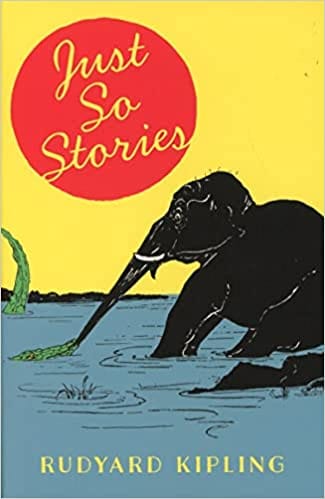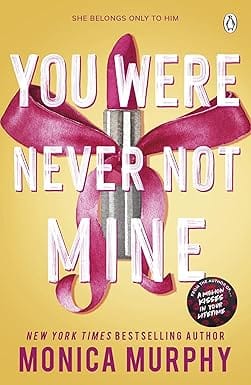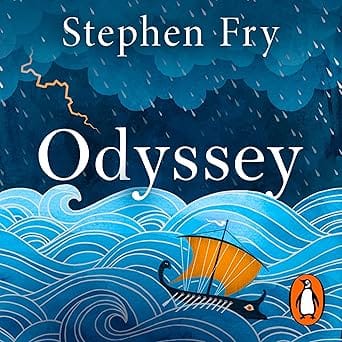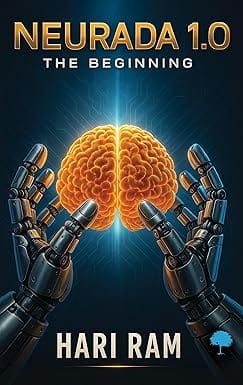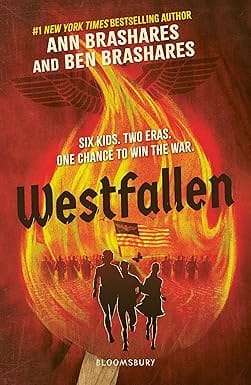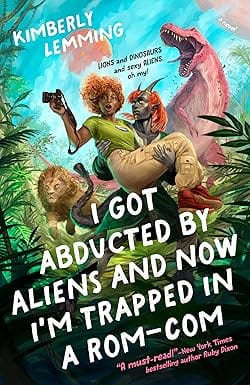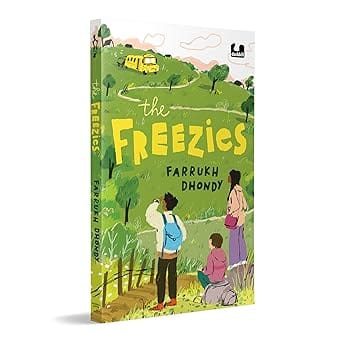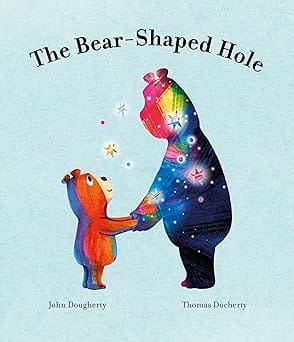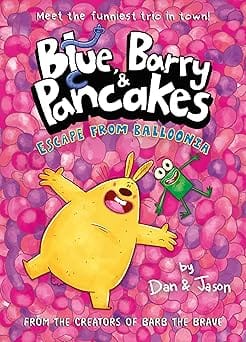-
Contemporary Fiction
- Contemporary Fiction
-
Children
- Children
-
Comics & Graphic Novels
- Comics & Graphic Novels
-
Non-Fiction
- Non-Fiction
-
Fiction
- Fiction
Kipling began working on the book by telling the first three chapters as bedtime stories to his daughter Josephine. These had to be told "just so" (exactly in the words she was used to) or she would complain. The stories describe how one animal or another acquired its most distinctive features, such as how the leopard got his spots. For the book, Kipling illustrated the stories himself.
The stories have appeared in a variety of adaptations including a musical and animated films.
Just so Stories:
- How the Whale Got His Throat
- How the Camel Got His Hump
- How the Rhinoceros Got His Skin
- How the Leopard Got His Spots
- The Elephant's Child
- The Sing-Song of Old Man Kangaroo
- The Beginning of the Armadillos
- How the First Letter Was Written
- How the Alphabet Was Made
- The Crab That Played with the Sea
- The Cat That Walked by Himself
- The Butterfly That Stamped
From the Author
From Booklist
Review
From AudioFile
Book Description
Review
Weird and wonderful (Daily Telegraph )
Kipling was one of the greatest wordsmiths of the English language and these fables are told in a simple and irresistible manner. They're timeless (Martin Bell Daily Express )
The Just So Stories by Rudyard Kipling have always held a fascination for me, and doubtless sparked off my love of India (H.M The Prince Of Wales )
Kipling is a writer for our times, and for all time (Roger Moore The Times ) --This text refers to an alternate kindle_edition edition.
About the Author
From the Back Cover
WITH AN INTRODUCTION BY PHILIP PULLMAN
'They sing in my head even now... What a wonderful storyteller/poet he was' Michael Morpurgo, Guardian
Have you ever wondered how the leopard got his spots? Or how the camel got his hump? Rudyard Kipling's witty and beautifully written stories explain these secrets and many more and introduce such memorable characters as the Elephant's Child, the Cat that Walked by Himself and the Butterfly that Stamped.
'Quite irresistible' The Times
ILLUSTRATED BY THE AUTHOR
See also: Alice's Adventures in Wonderland
--This text refers to an alternate kindle_edition edition.From the Inside Flap
Excerpt. © Reprinted by permission. All rights reserved.
- Home
- Children
- Children & Young Adult
- Just So Stories
Just So Stories
SIZE GUIDE
- ISBN: 9780603577451
- Author: Rudyard Kipling
- Publisher: Dean
- Pages: 172
- Format: Paperback
Book Description
Kipling began working on the book by telling the first three chapters as bedtime stories to his daughter Josephine. These had to be told "just so" (exactly in the words she was used to) or she would complain. The stories describe how one animal or another acquired its most distinctive features, such as how the leopard got his spots. For the book, Kipling illustrated the stories himself.
The stories have appeared in a variety of adaptations including a musical and animated films.
Just so Stories:
- How the Whale Got His Throat
- How the Camel Got His Hump
- How the Rhinoceros Got His Skin
- How the Leopard Got His Spots
- The Elephant's Child
- The Sing-Song of Old Man Kangaroo
- The Beginning of the Armadillos
- How the First Letter Was Written
- How the Alphabet Was Made
- The Crab That Played with the Sea
- The Cat That Walked by Himself
- The Butterfly That Stamped
From the Author
From Booklist
Review
From AudioFile
Book Description
Review
Weird and wonderful (Daily Telegraph )
Kipling was one of the greatest wordsmiths of the English language and these fables are told in a simple and irresistible manner. They're timeless (Martin Bell Daily Express )
The Just So Stories by Rudyard Kipling have always held a fascination for me, and doubtless sparked off my love of India (H.M The Prince Of Wales )
Kipling is a writer for our times, and for all time (Roger Moore The Times ) --This text refers to an alternate kindle_edition edition.
About the Author
From the Back Cover
WITH AN INTRODUCTION BY PHILIP PULLMAN
'They sing in my head even now... What a wonderful storyteller/poet he was' Michael Morpurgo, Guardian
Have you ever wondered how the leopard got his spots? Or how the camel got his hump? Rudyard Kipling's witty and beautifully written stories explain these secrets and many more and introduce such memorable characters as the Elephant's Child, the Cat that Walked by Himself and the Butterfly that Stamped.
'Quite irresistible' The Times
ILLUSTRATED BY THE AUTHOR
See also: Alice's Adventures in Wonderland
--This text refers to an alternate kindle_edition edition.From the Inside Flap
Excerpt. © Reprinted by permission. All rights reserved.
Related Books
User reviews
NEWSLETTER
Subscribe to get Email Updates!
Thanks for subscribing.
Your response has been recorded.

India's Iconic & Independent Book Store offering a vast selection of books across a variety of genres Since 1978.
"We Believe In The Power of Books" Our mission is to make books accessible to everyone, and to cultivate a culture of reading and learning. We strive to provide a wide range of books, from classic literature, sci-fi and fantasy, to graphic novels, biographies and self-help books, so that everyone can find something to read.
Whether you’re looking for your next great read, a gift for someone special, or just browsing, Midland is here to make your book-buying experience easy and enjoyable.
We are shipping pan India and across the world.
For Bulk Order / Corporate Gifting
 +91 9818282497 |
+91 9818282497 |  [email protected]
[email protected]
Click To Know More
INFORMATION
POLICIES
ACCOUNT
QUICK LINKS
ADDRESS
Shop No.20, Aurobindo Palace Market, Near Church, New Delhi

